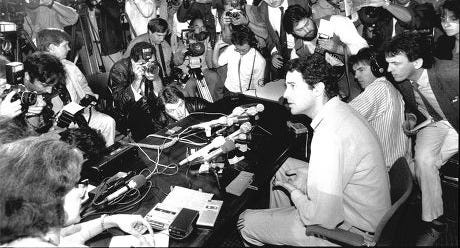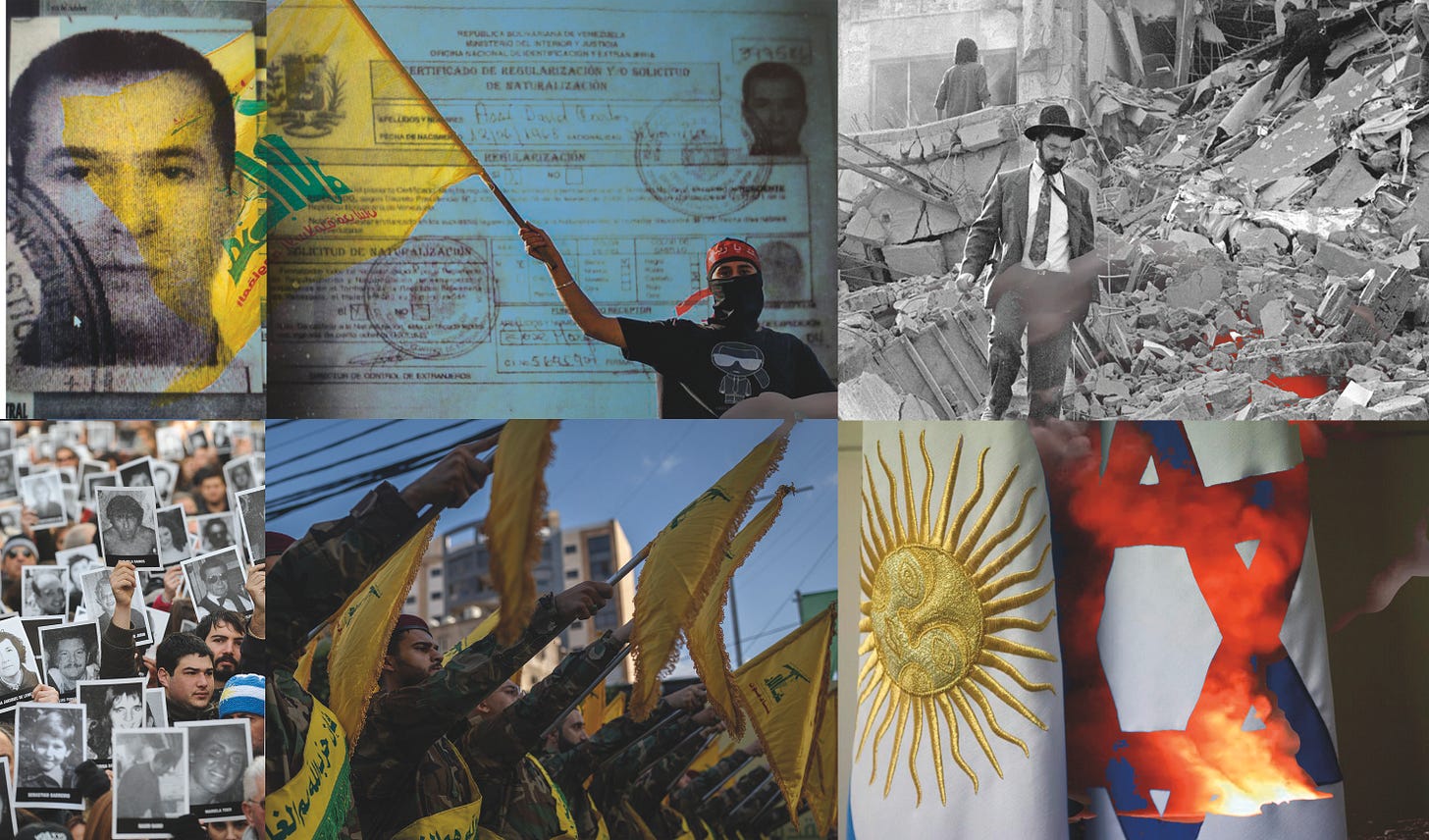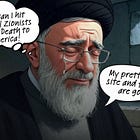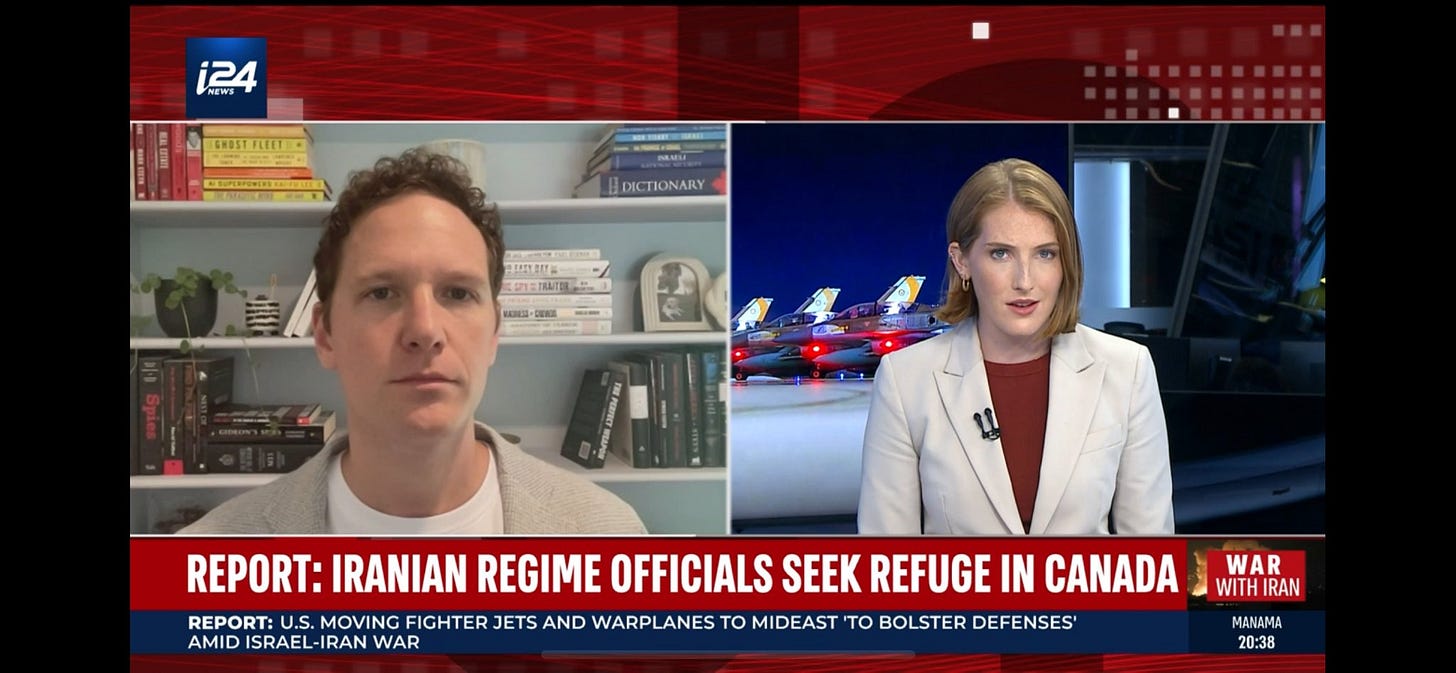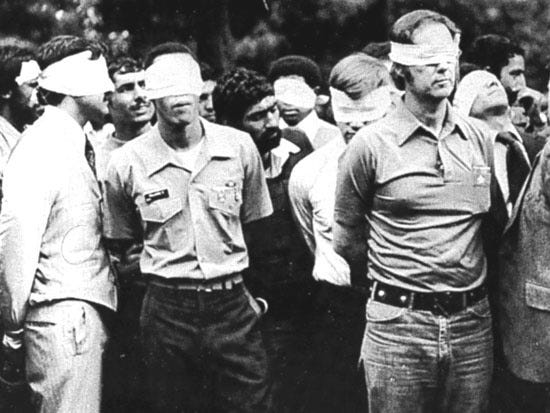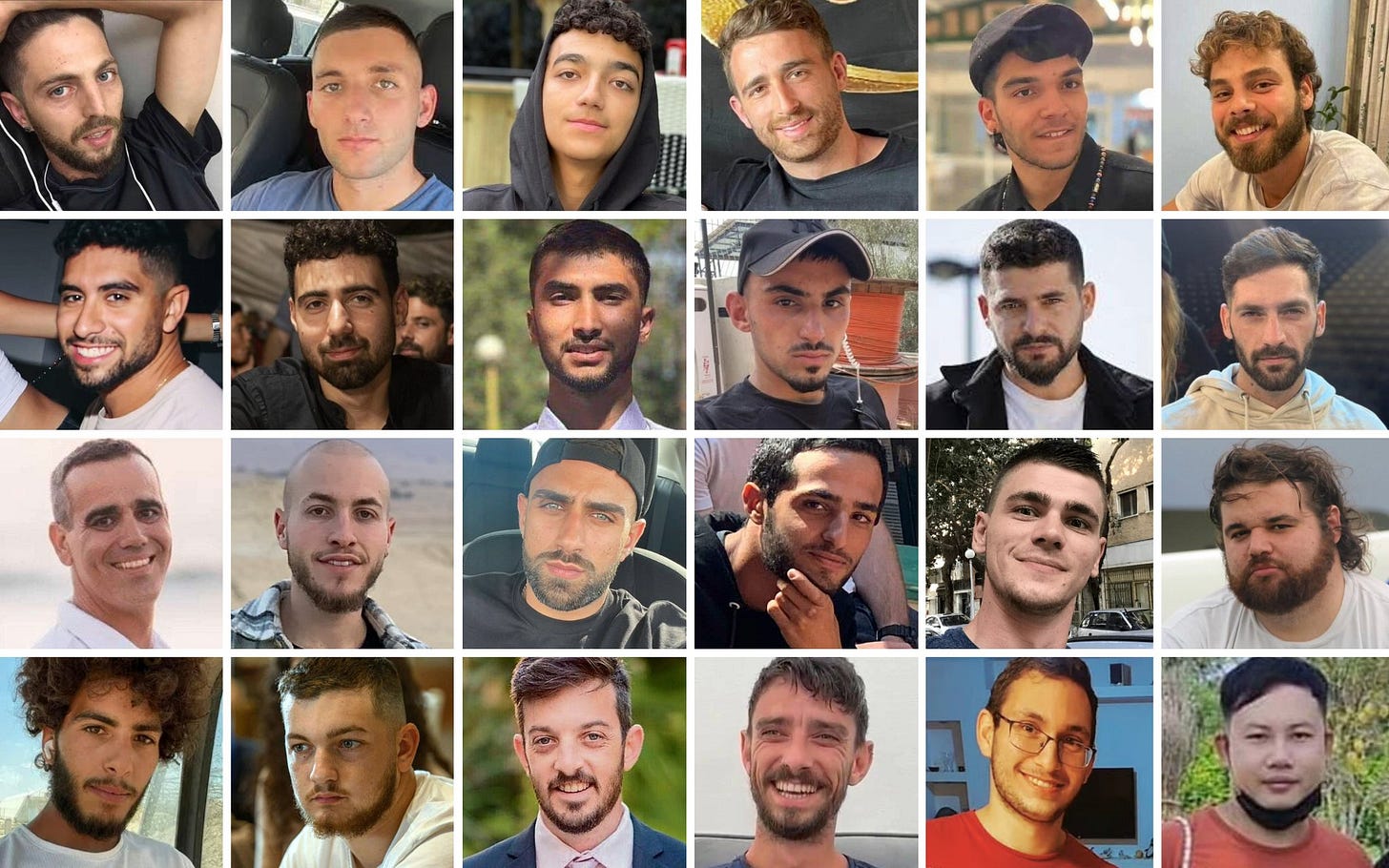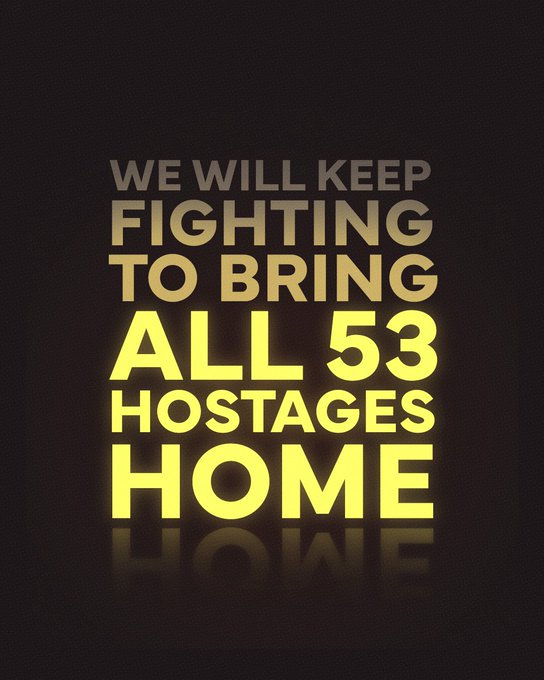Charles Glass Escaped Iran’s Terror, Will the West Escape This Time?
Hostages, Terror, and Tehran: The Pattern the World Refuses to See
June 18, 1987, a well-respected American journalist named Charles Glass vanished from the streets of Beirut. Working for ABC News, Glass was reporting on Lebanon’s brutal civil war—a war fueled by shifting alliances, sectarian hatred, and the meddling hands of foreign powers. But behind his disappearance you had Iran’s dirty hands.
Glass had been kidnapped by an Iranian-backed Shiite extremist group calling itself the Organization for the Defense of Free People, a name few remembered then or now. These militants were part of the growing network of Iran-backed Hezbollah.
The goal wasn’t ransom. It wasn’t revenge for something personal. It was politics. It was leverage. It was about forcing Western powers—especially America and Britain—to bend to Iran’s will in the Middle East. To stop supporting secular and moderate forces in Lebanon. To pressure Israel to release Shiite prisoners. To terrorize.
But unlike many hostages taken by Hezbollah during that period, Glass pulled off something extraordinary: he escaped. After 62 days in captivity—blindfolded, tied up, and held in squalid conditions—he managed to break free.
Feigning illness, Glass convinced his captors to untie him briefly. Seizing the moment, he escaped from a second-story apartment in Beirut, darting barefoot into the crowded streets of the city still under siege. After hours of evasion, he made contact with friendly Lebanese allies who helped smuggle him to safety, first into Christian-controlled East Beirut and eventually out of Lebanon altogether.
From there, Glass flew to London, where the world finally learned what had happened to him. He later described his ordeal in harrowing detail in his memoir Tribes with Flags. His captors’ broader goals aligned perfectly with Hezbollah’s strategy of leveraging hostages to shape regional geopolitics. Others taken before and after him never made it out alive.
That story was part of a larger pattern: during the 1980s and ’90s, Iran’s proxies made hostage-taking an official strategy of statecraft. Western journalists, aid workers, diplomats—they were pawns in Iran’s regional ambitions. Iran didn’t confront America directly; it sent militias, armed clerics, and masked gunmen to do its dirty work.
Sound familiar?
Today, that same pattern is playing out—only now on a much larger scale. The Houthis in Yemen, the Shiite militias in Iraq, Hezbollah in Lebanon, and of course, Hamas in Gaza—they’re all pieces on Iran’s global chessboard, and civilians are always the pawns.
Olivier Vandecasteele (Belgium, 2022): A Belgian aid worker sentenced to 40 years in prison and used as leverage to secure the release of Assadollah Assadi, an Iranian diplomat convicted of orchestrating a terror attack in France.
Johan Floderus (Sweden, 2023): A Swedish EU official detained to pressure Sweden to release Hamid Nouri, convicted of war crimes for his role in the 1988 massacre of political prisoners.
Nazanin Zaghari-Ratcliffe (UK, 2016): A charity worker held for six years on baseless charges to pressure the UK over a decades-old debt, eventually released in 2022.
Ahmadreza Djalali (Sweden/Iran, 2016): An academic sentenced to death in retaliation against Sweden for prosecuting Iranian officials.
Xiyue Wang (US, 2016): A Princeton graduate student detained for three years and released in a prisoner exchange.
These aren’t isolated incidents but some of the evidence of a calculated policy.
And it’s not limited to the Middle East. Hezbollah’s presence in South America is extensive, especially in areas like the Tri-Border region of Argentina, Brazil, and Paraguay, where it operates smuggling networks and laundering operations to fund terrorism. In Mexico, it helps the cartels with all sorts of crimes. it In Chile, Iranians were arrested, they entered using fake British passports. Some months ago, hundreds of Hezbollah commanders were reported to have escape Lebanon to South America.
Iran’s terror footprint is on America’s doorstep—and now, with the Iranian regime teetering on the brink of collapse at home, reports suggest Canada may be their next stronghold. Reports have indicated that Iranian leadership is seeking refuge in Canada, potentially preparing to turn North America into the next staging ground for Tehran’s operations.
Iran’s threat has never been—and is not—just to Israel. It’s a global threat—to Americans, Europeans, moderate Arabs, anyone who believes that religious Islamofascism shouldn’t rule the world.
The Islamic Republic of Iran loves terror and one its favorite tactics is hostage-taking.
In 1979, it seized the American Embassy in Tehran.
In the 1980s, it kidnapped not just journalists and aid workers—but also diplomats, professors, intelligence officers, UN staff, and clergy. Anyone with a Western passport was fair game for Iran’s terror network in Lebanon.
Now, it’s arming and financing terror groups across the Middle East and beyond.
Charles Glass survived Iran’s proxy war on the West. Today’s hostages might not be so lucky. Hamas still holds 53 hostages in Gaza, from at least a dozen countries, while much of the world pretends they don’t exist. Meanwhile, the Houthis are holding over two dozen UN staff hostage in Yemen, and Iran continues to keep innocent Westerners in its prisons like trophies on a shelf. Nearly 200 hostages from Western countries were victims of Iran and its proxies before October 7th. In a single day, Hamas matched—and then surpassed—that number, taking 251 hostages as part of Iran’s wider war.
And while much of the world pretends this is just an “Israel problem,” the hostages will keep piling up, the missiles will keep flying, and Iran will keep smiling, unless someone makes sure it stops.
This is not isolated. This is policy.
→ Hostages as leverage.
→ Terror as diplomacy.
→ Proxies as deniability.
It’s time to stop pretending Iran’s war is only with Israel. It’s with all of us.




